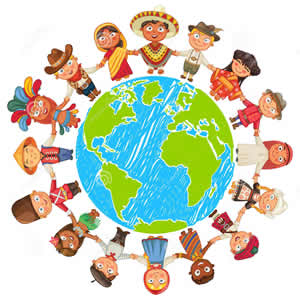Stamp: Hwaseong Fortress (UNO Geneva 2024)
Hwaseong Fortress (UNO Geneva 2024)
15 August (UNO Geneva ) within release World Heritage : Republic of Korea (2024) goes into circulation Stamp Hwaseong Fortress face value 0.35 Swiss franc
| Stamp Hwaseong Fortress in catalogues | |
|---|---|
| Yvert et Tellier: | Yt: NT-GE 1214 |
Stamp is square format.
Stamp from prestige bookletAlso in the issue World Heritage : Republic of Korea (2024):
- Stamp - Jongmyo Shrine face value 1.20;
- Full Pane - Jongmyo Shrine face value 20*1.20;
- Stamp - Seokguram Grotto and Bulguksa Temple face value 1.90;
- Full Pane - Seokguram Grotto and Bulguksa Temple face value 20*1.90;
- Stamp - Gochang, Hwasun and Ganghwa Dolmen Sites face value 0.55;
- Stamp - Hwaseong Fortress face value 0.35;
- Stamp - Jeju Volcanic Island and Lava Tubes face value 0.35;
- Stamp - Jongmyo Shrine face value 0.35;
- Stamp - Republic of Korea - World Heritage face value 19.59;
- Stamp - Seokguram Grottes and Bulguska Temple face value 0.55;
- Stamp - Seokguram Grottes and Bulguska Temple face value 0.55;
Stamp Hwaseong Fortress it reflects the thematic directions:
Architecture (Latin architectura, from the Greek ἀρχιτέκτων arkhitekton "architect", from ἀρχι- "chief" and τέκτων "builder") is both the process and the product of planning, designing, and constructing buildings and other physical structures. Architectural works, in the material form of buildings, are often perceived as cultural symbols and as works of art. Historical civilizations are often identified with their surviving architectural achievements.
A culture is a way of life of a group of people--the behaviors, beliefs, values, and symbols that they accept, generally without thinking about them, and that are passed along by communication and imitation from one generation to the next. Culture is symbolic communication. --the behaviors, beliefs, values, and symbols that they accept, generally without thinking about them, and that are passed along by communication and imitation from one generation to the next. Culture is symbolic communication.
A fortification (also called a fort, fortress, fastness, or stronghold) is a military construction designed for the defense of territories in warfare, and is used to establish rule in a region during peacetime. The term is derived from Latin fortis ("strong") and facere ("to make").
A tradition is a system of beliefs or behaviors (folk custom) passed down within a group of people or society with symbolic meaning or special significance with origins in the past. A component of cultural expressions and folklore, common examples include holidays or impractical but socially meaningful clothes (like lawyers' wigs or military officers' spurs), but the idea has also been applied to social norms and behaviors such as greetings, etc. Traditions can persist and evolve for thousands of years— the word tradition itself derives from the Latin word tradere literally meaning to transmit, to hand over, to give for safekeeping. While it is reportedly assumed that traditions have an ancient history, many traditions have been invented on purpose, whether it be political or cultural, over short periods of time. Various academic disciplines also use the word in a variety of ways.
The United Nations Educational, Scientific and Cultural Organization (UNESCO; pronounced /juːˈnɛskoʊ/) is a specialized agency of the United Nations (UN) with the aim of promoting world peace and security through international cooperation in education, arts, sciences and culture. It has 194 member states and 12 associate members,as well as partners in the non-governmental, intergovernmental and private sector. Headquartered in Paris, France, UNESCO has 53 regional field offices and 199 national commissions




